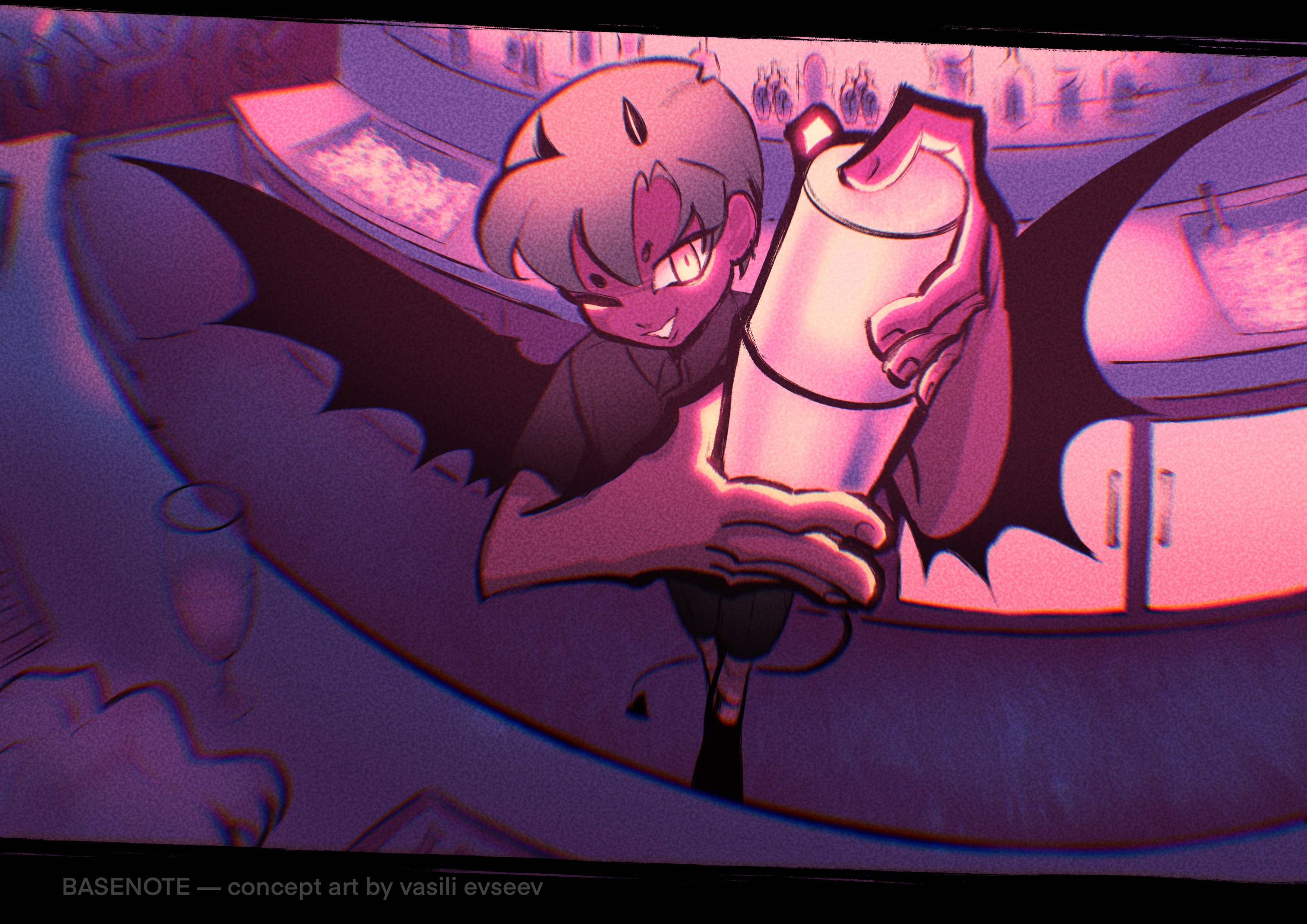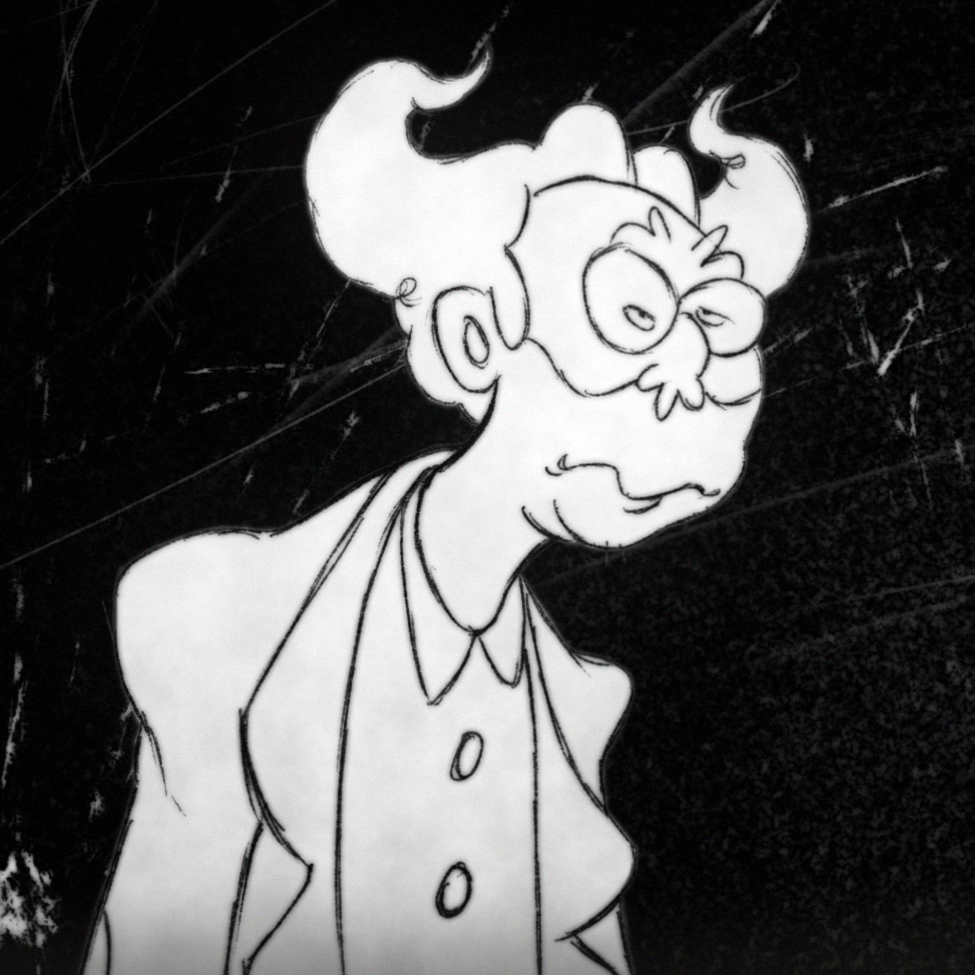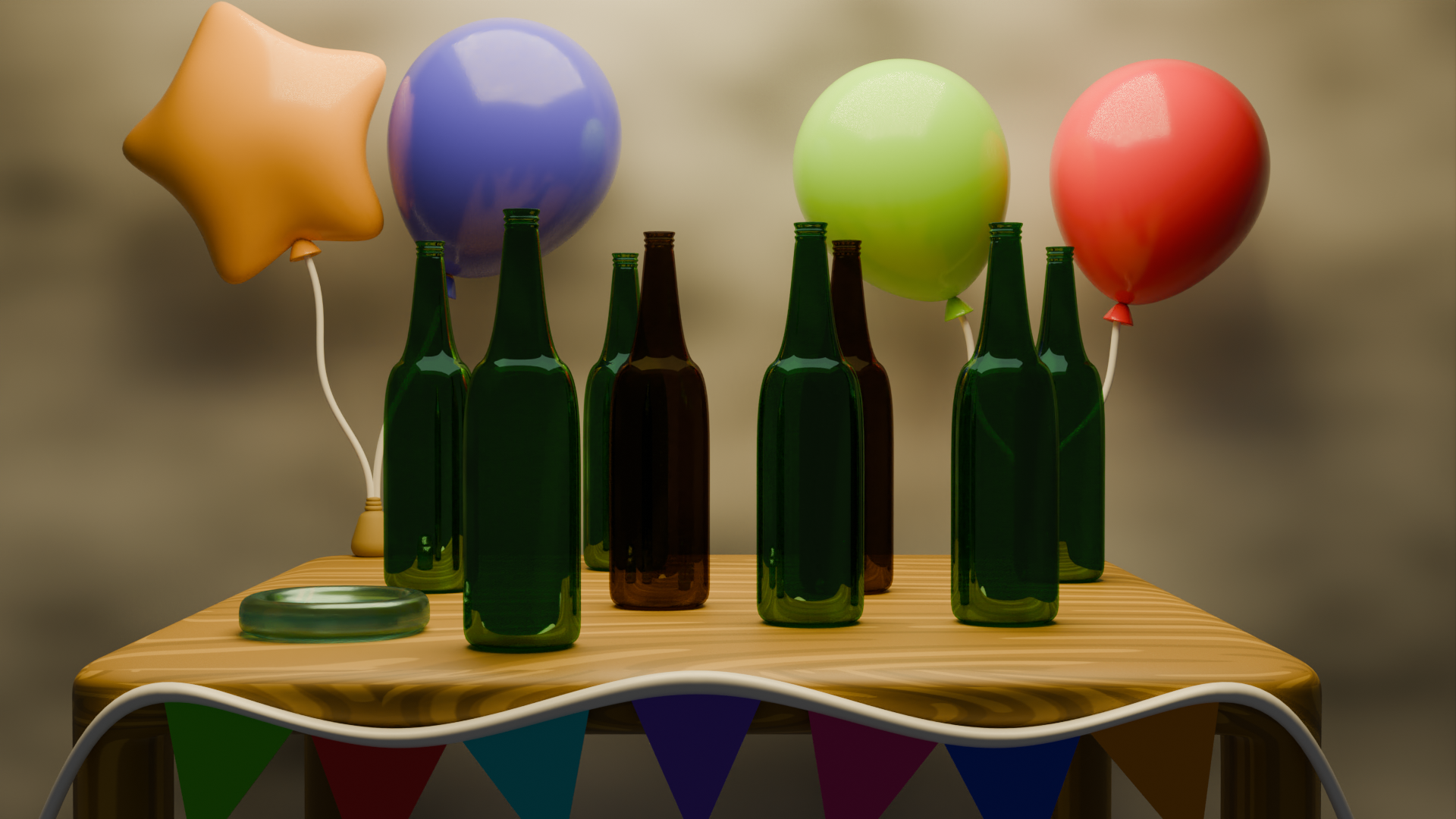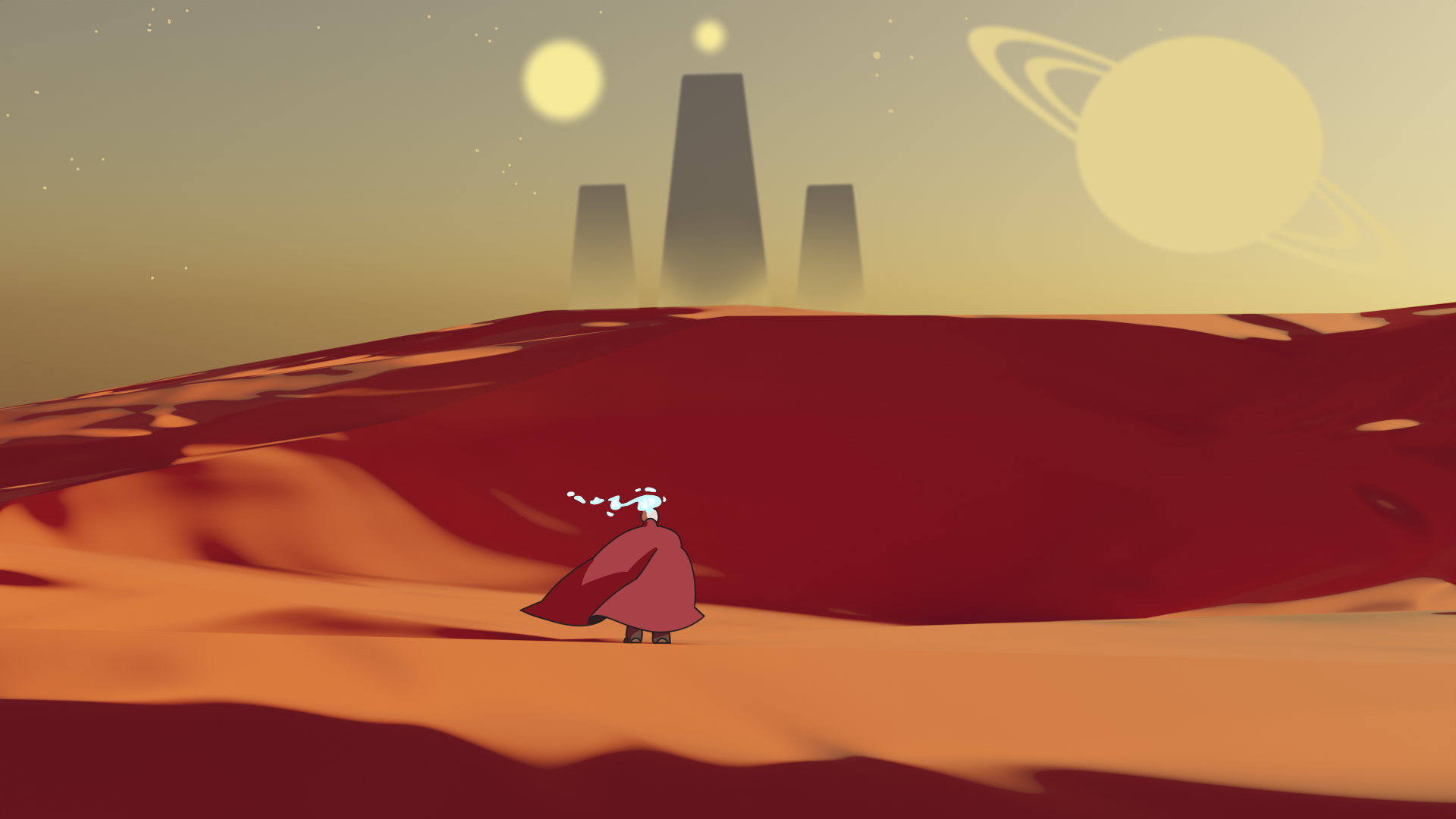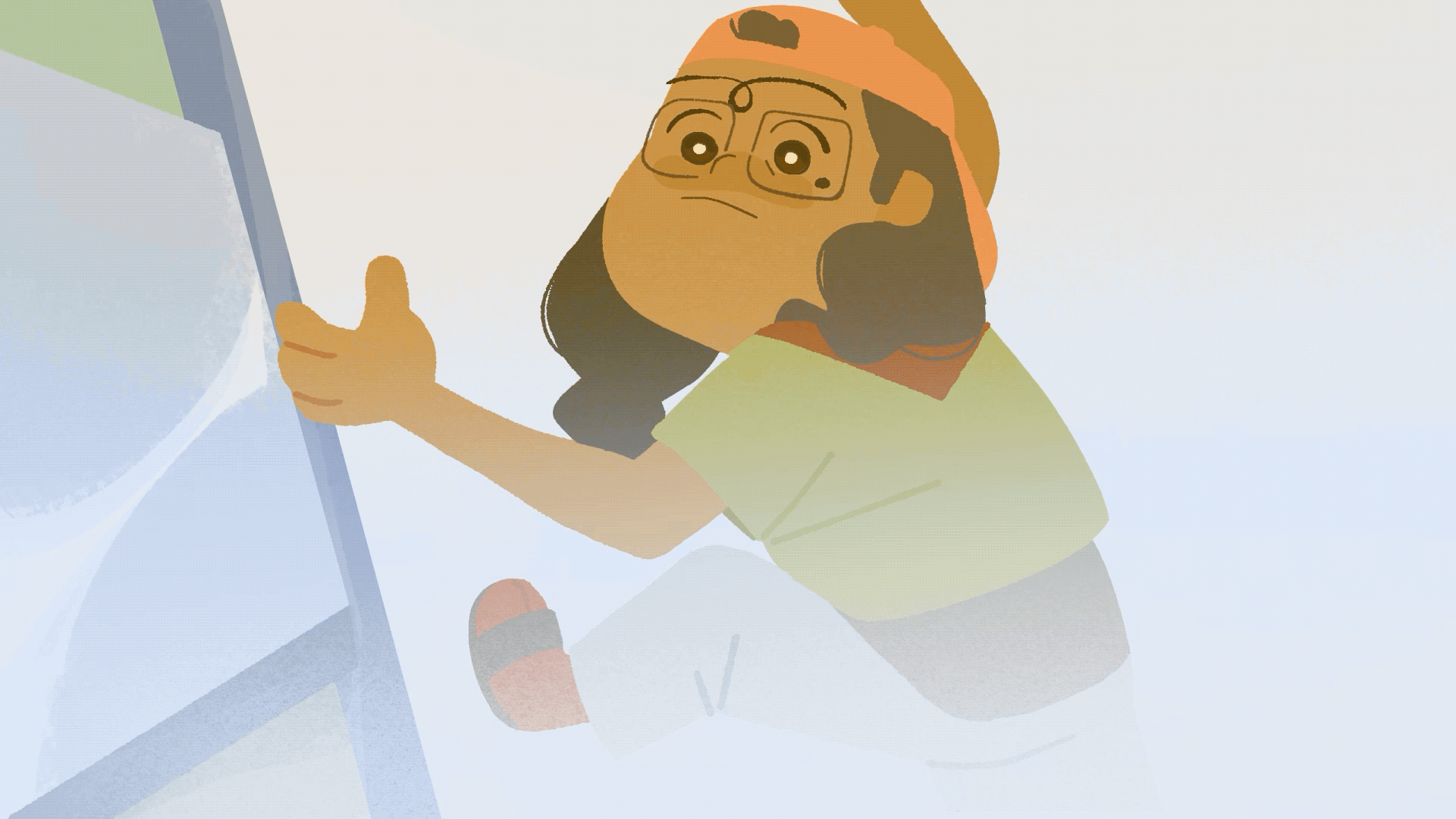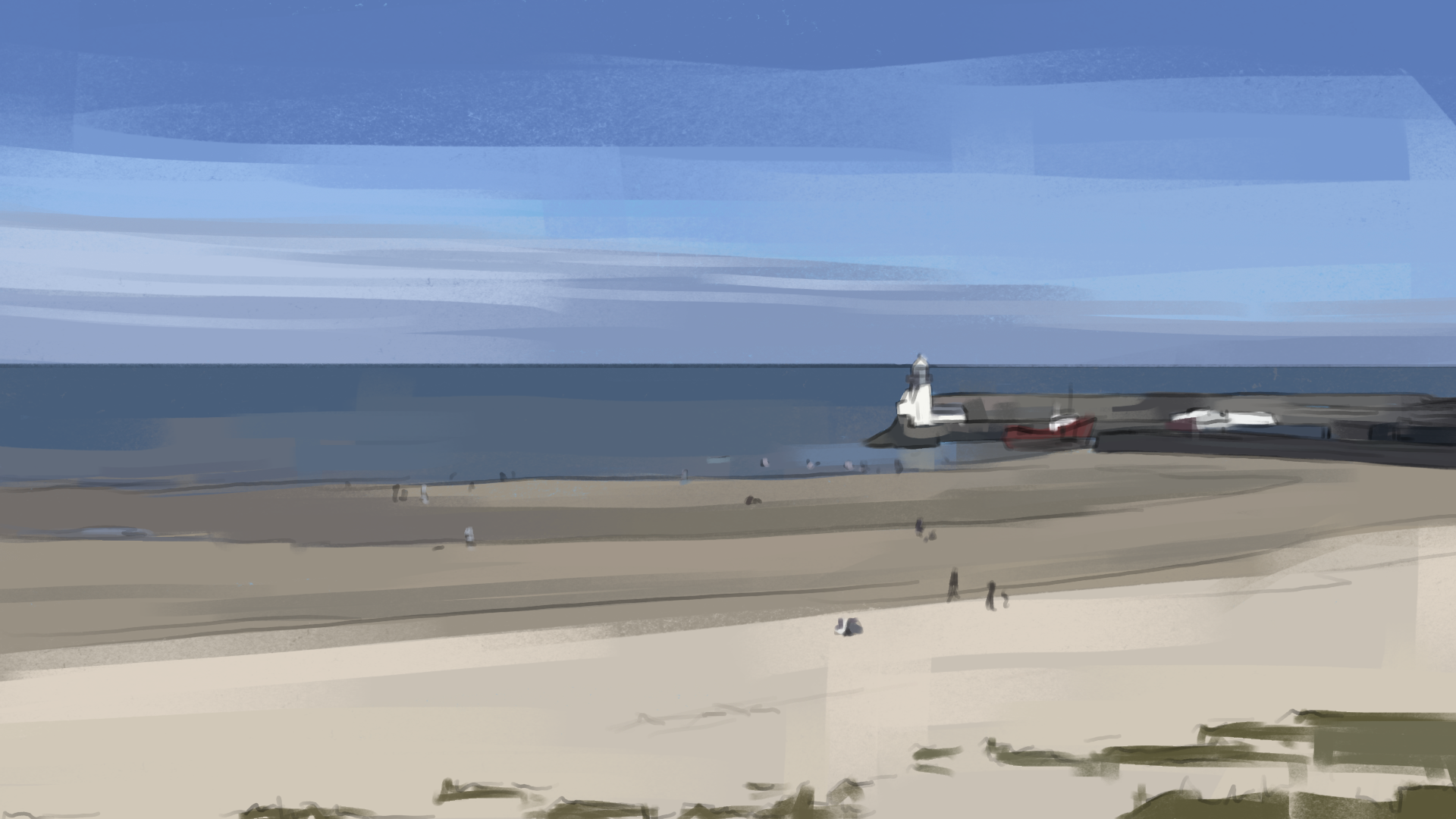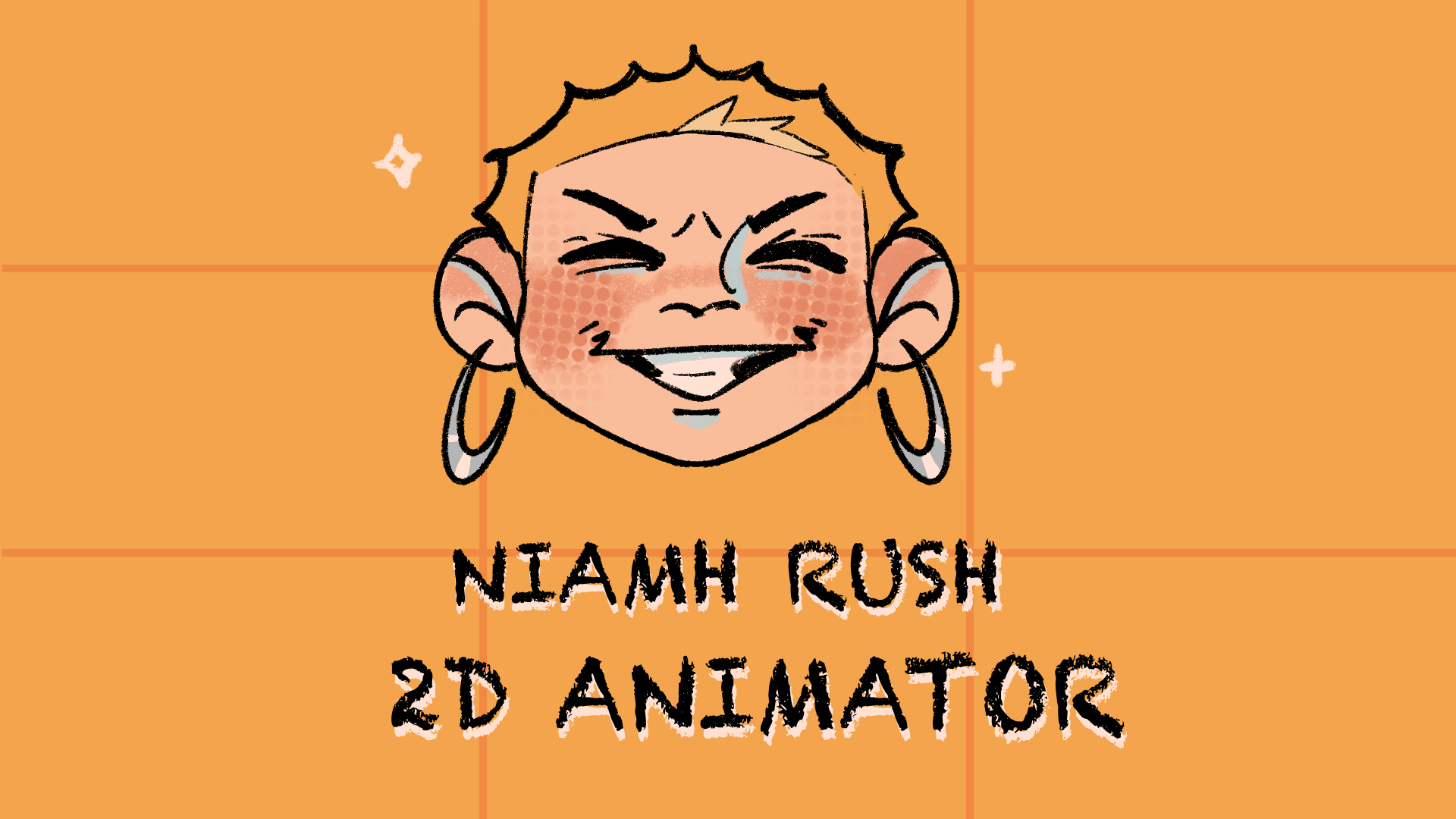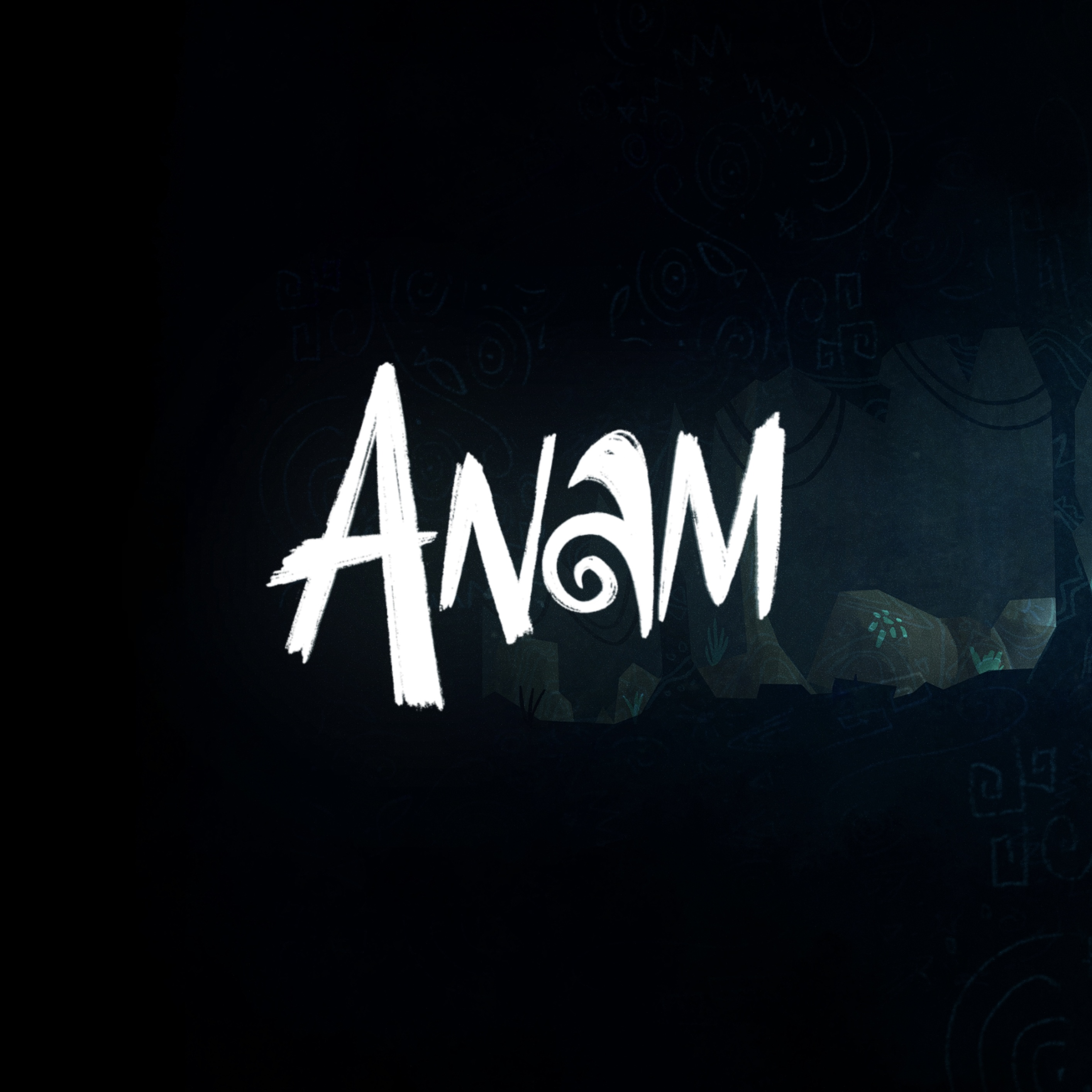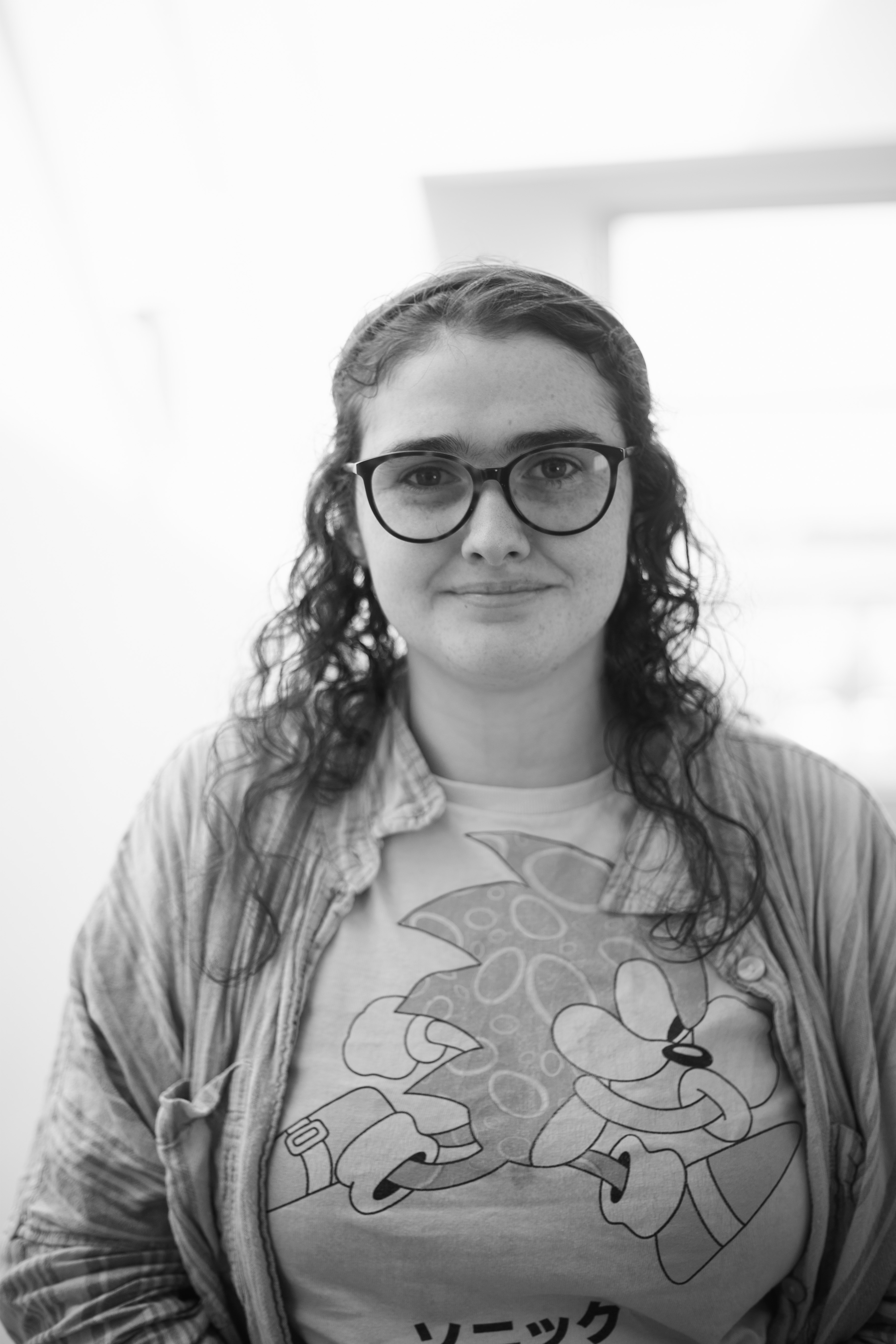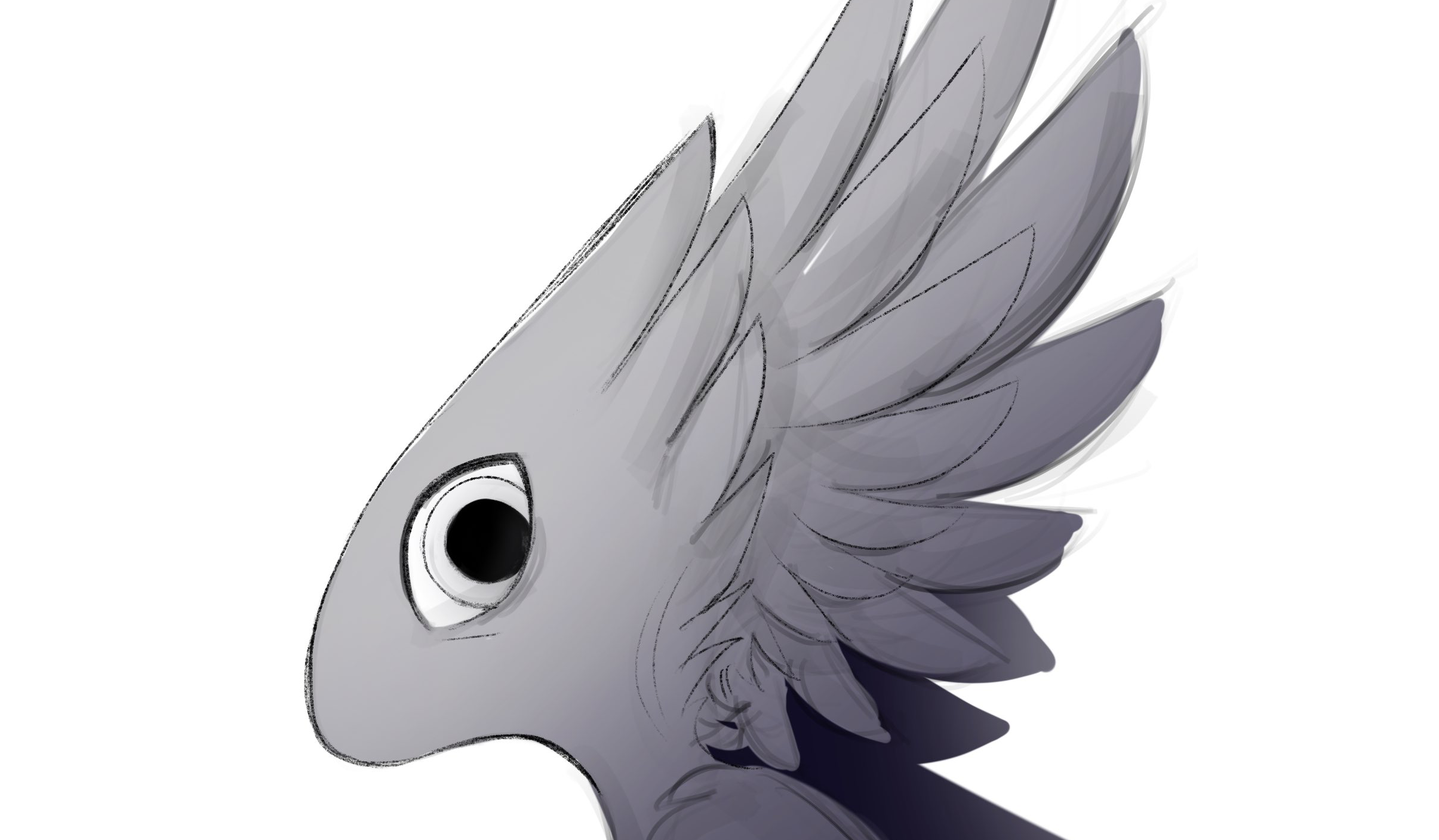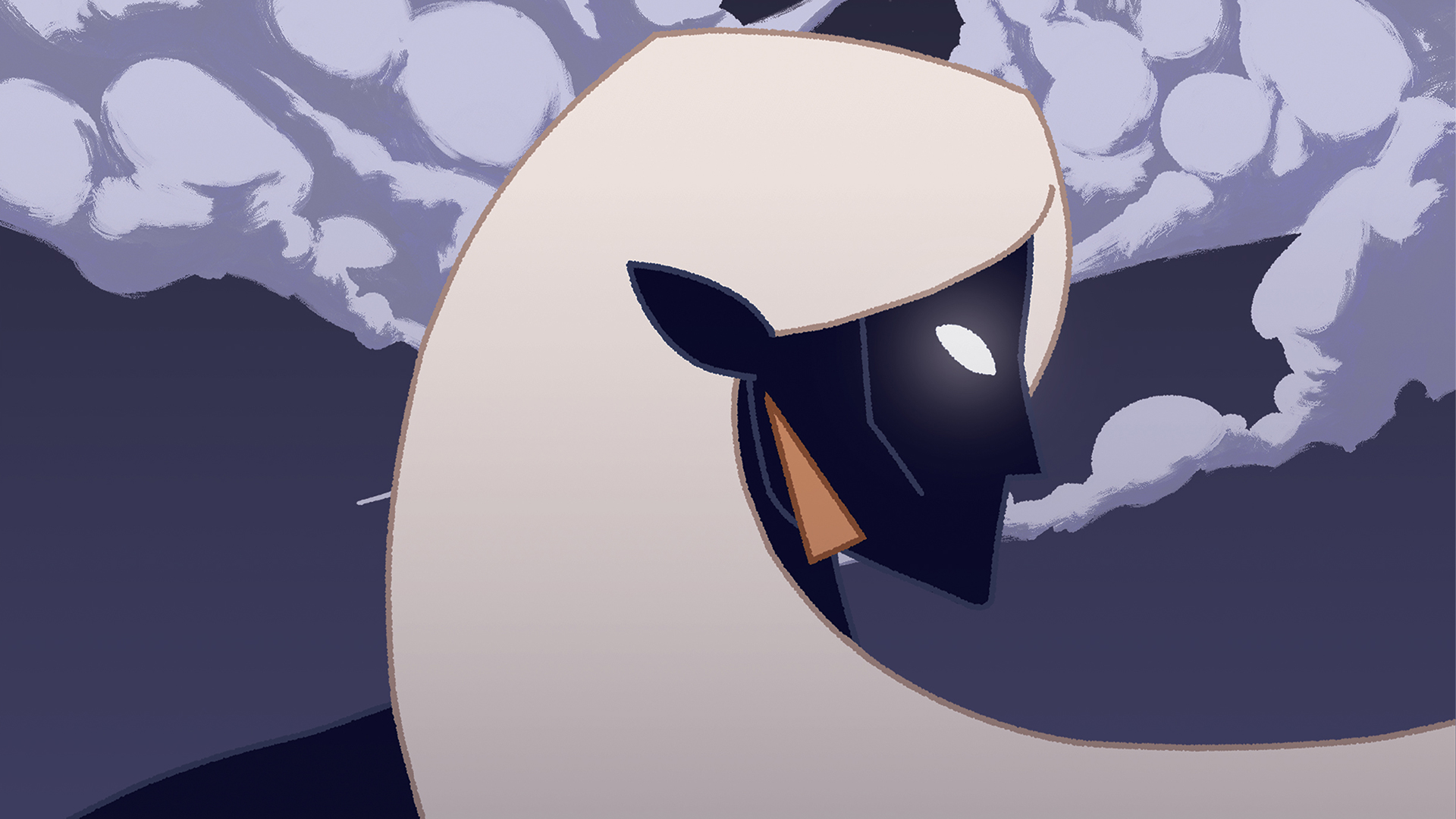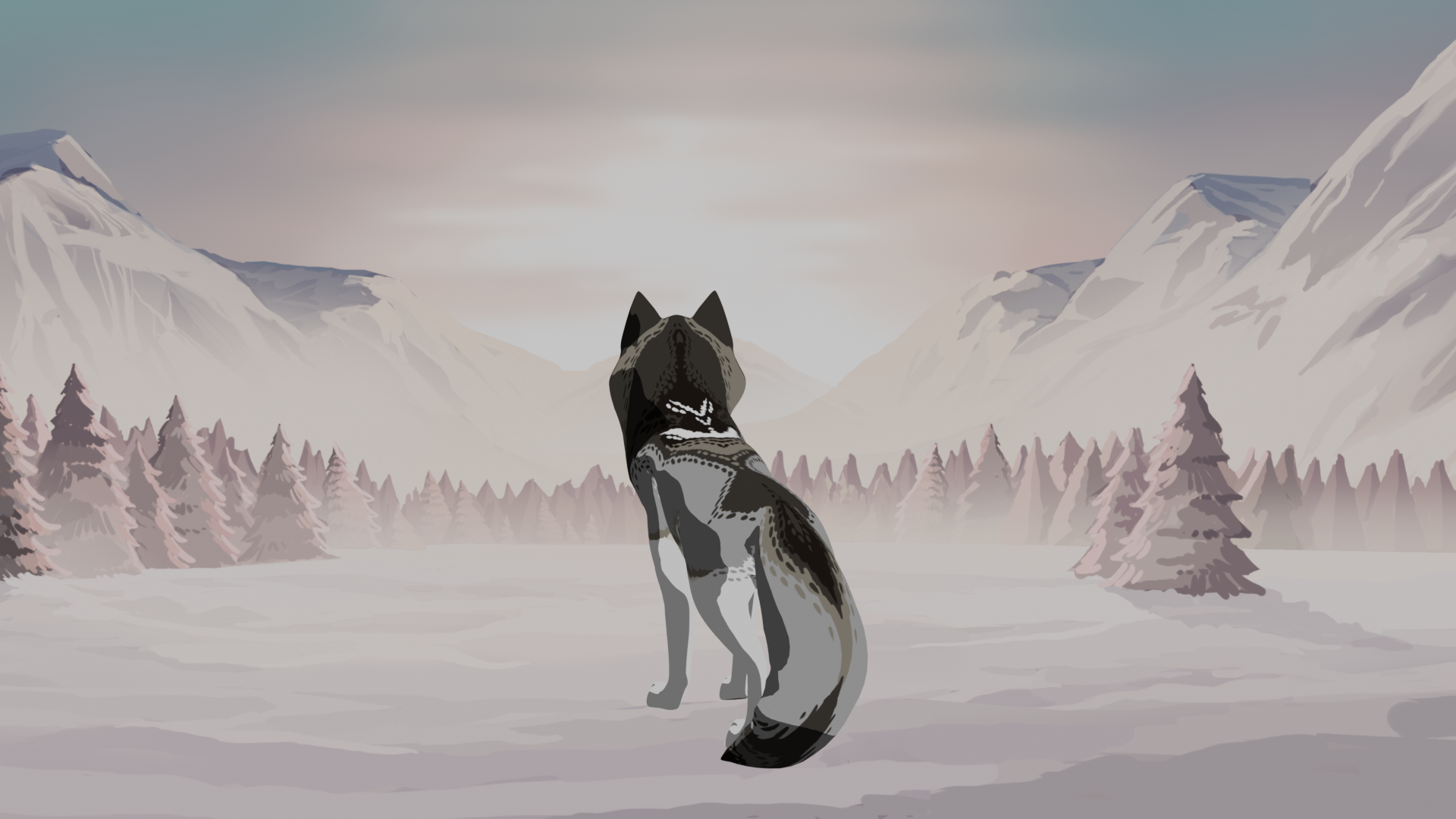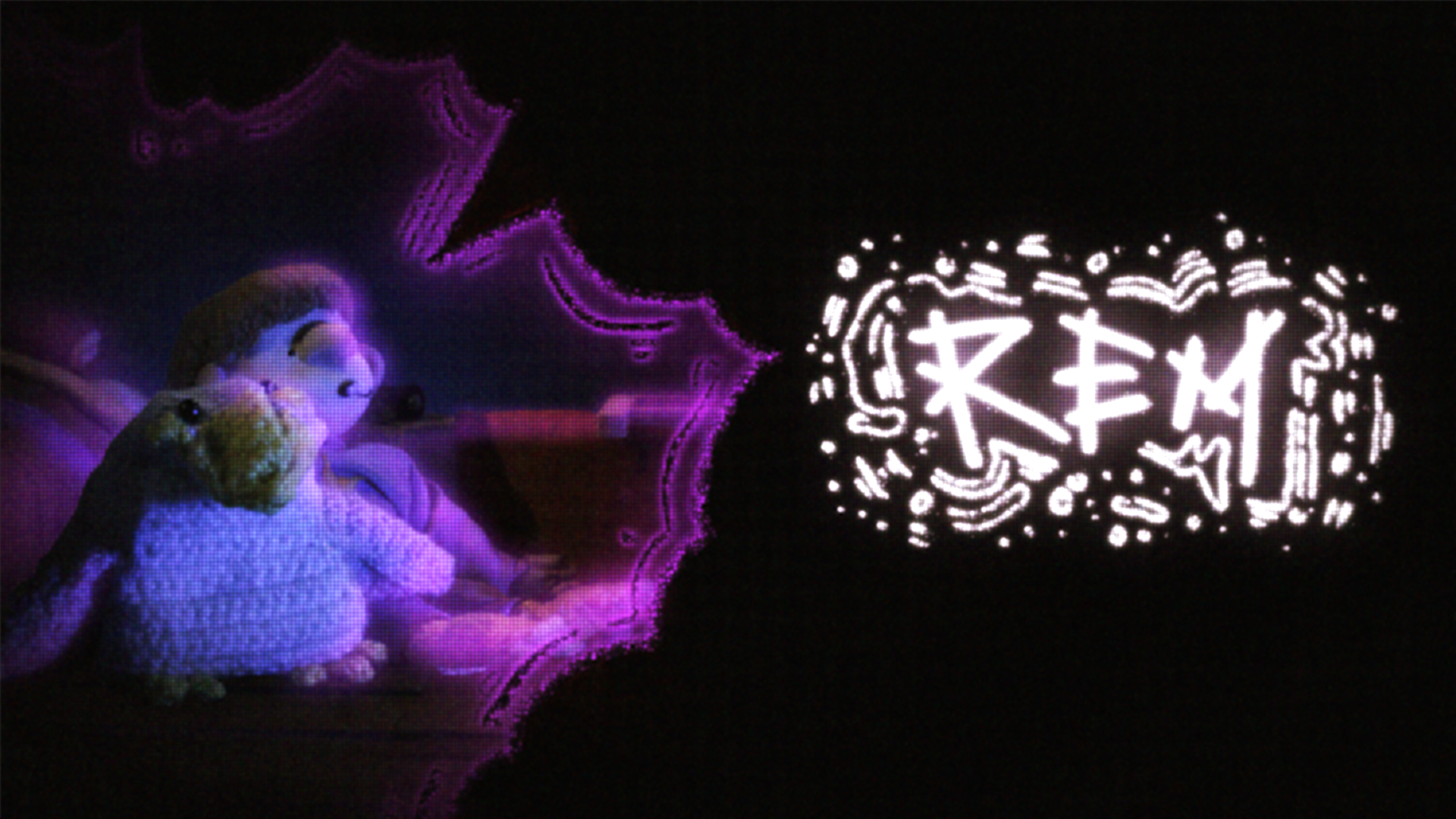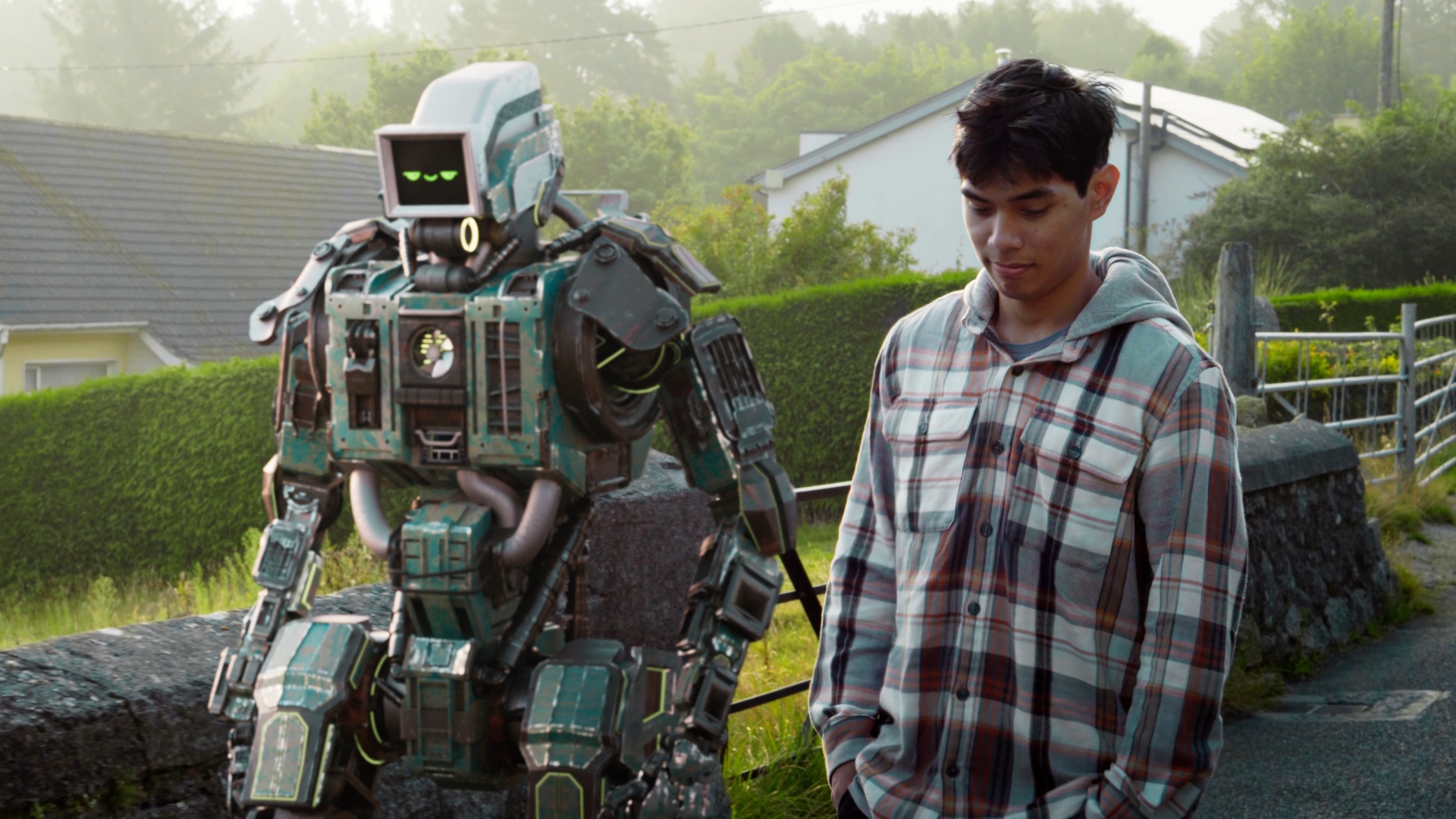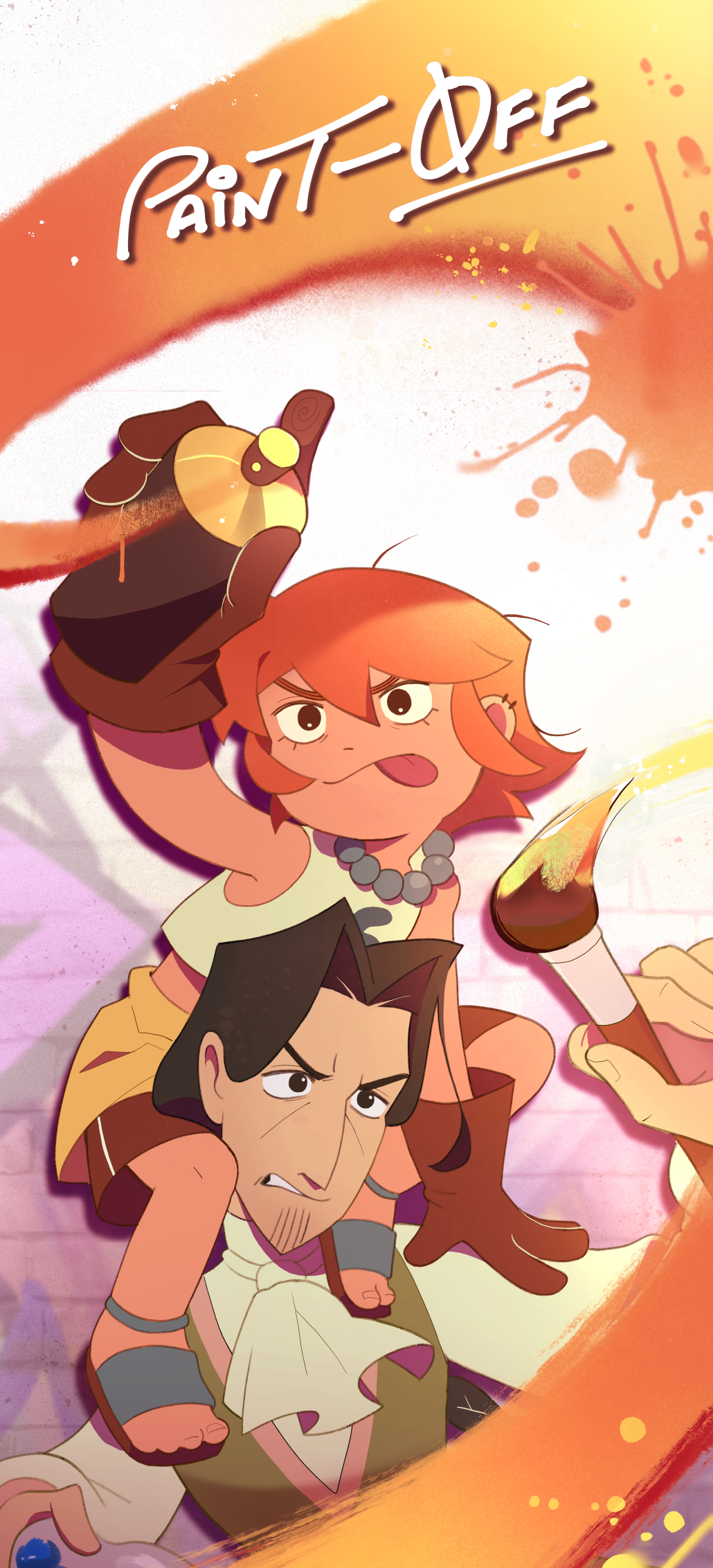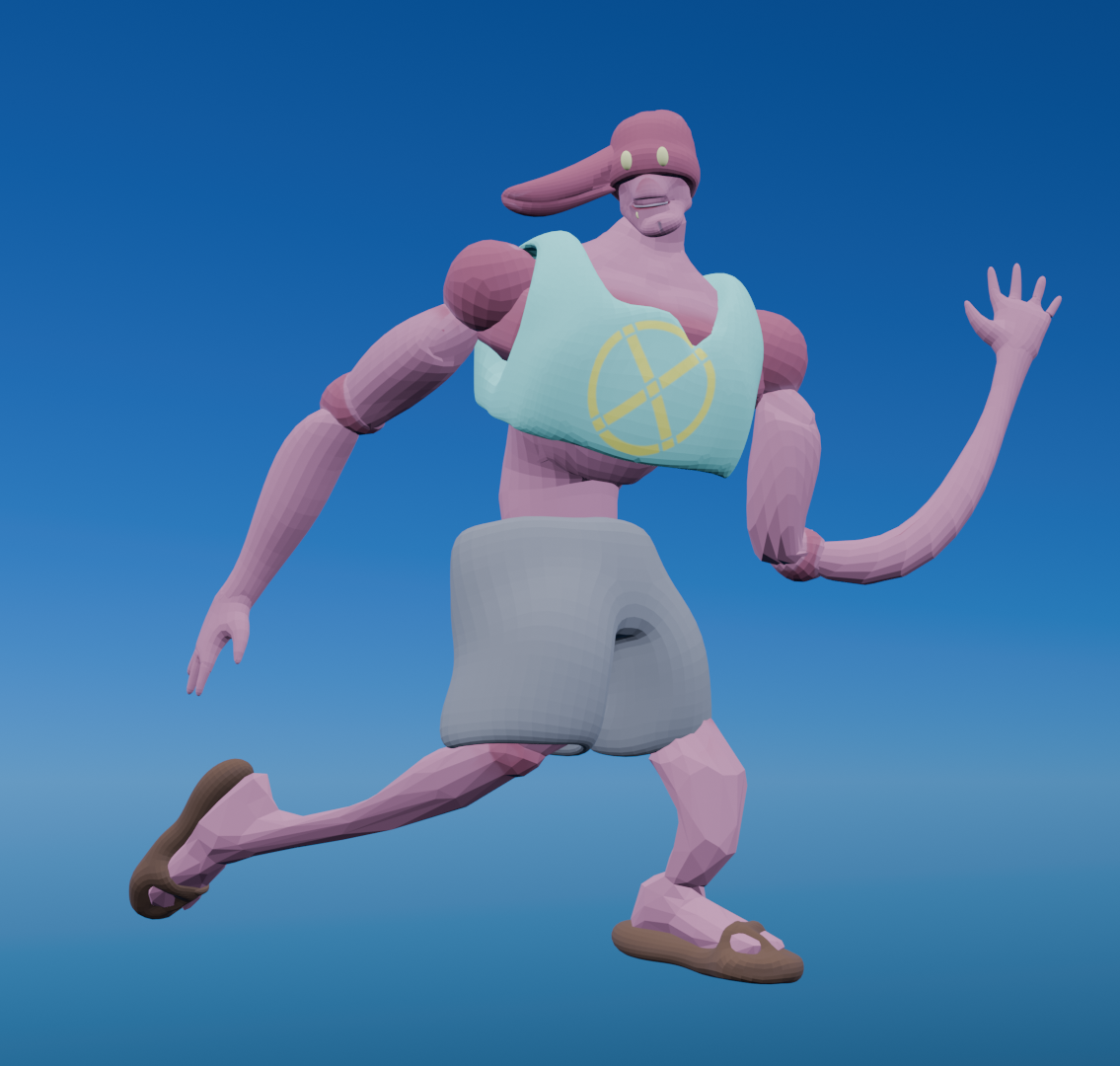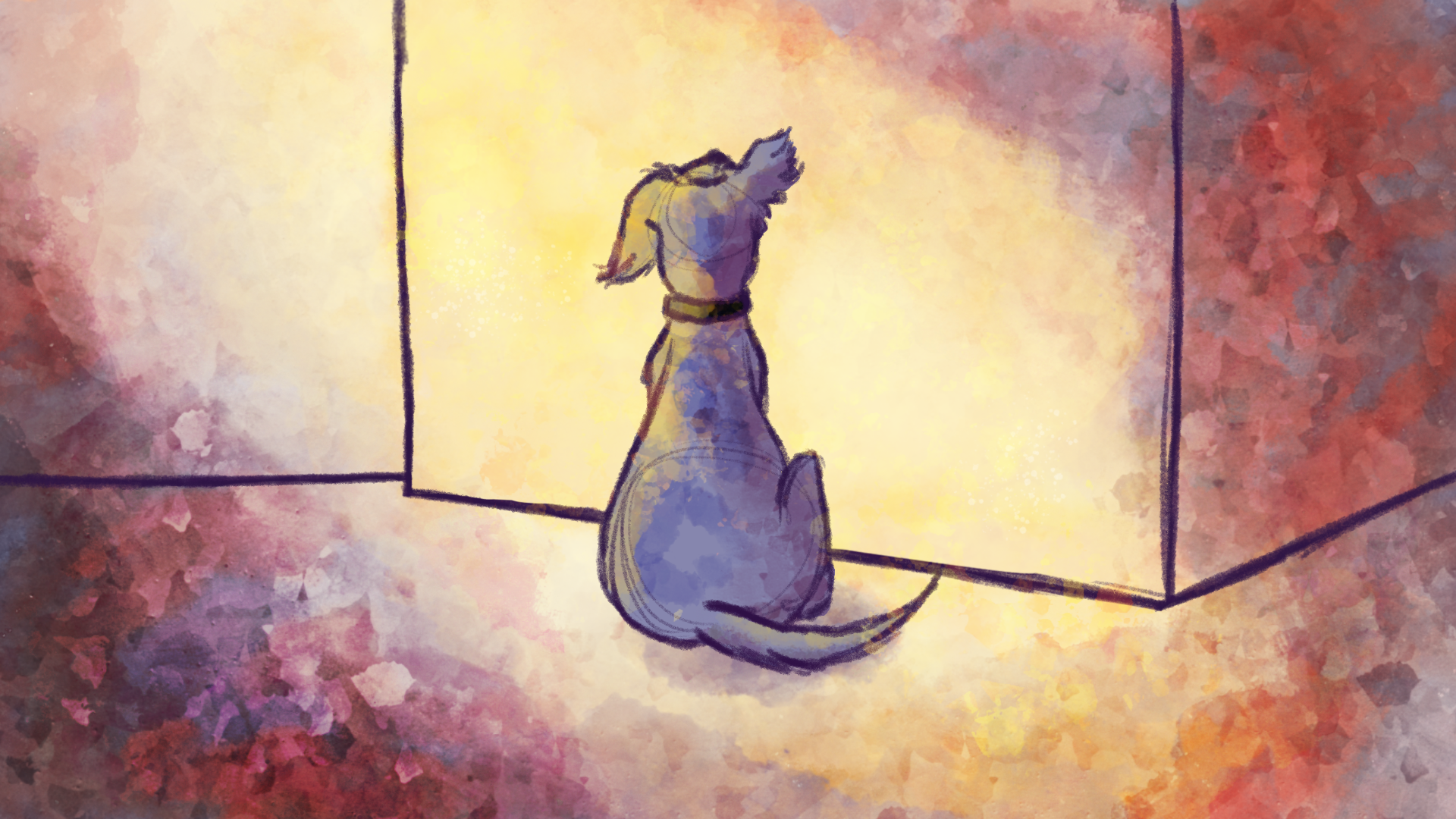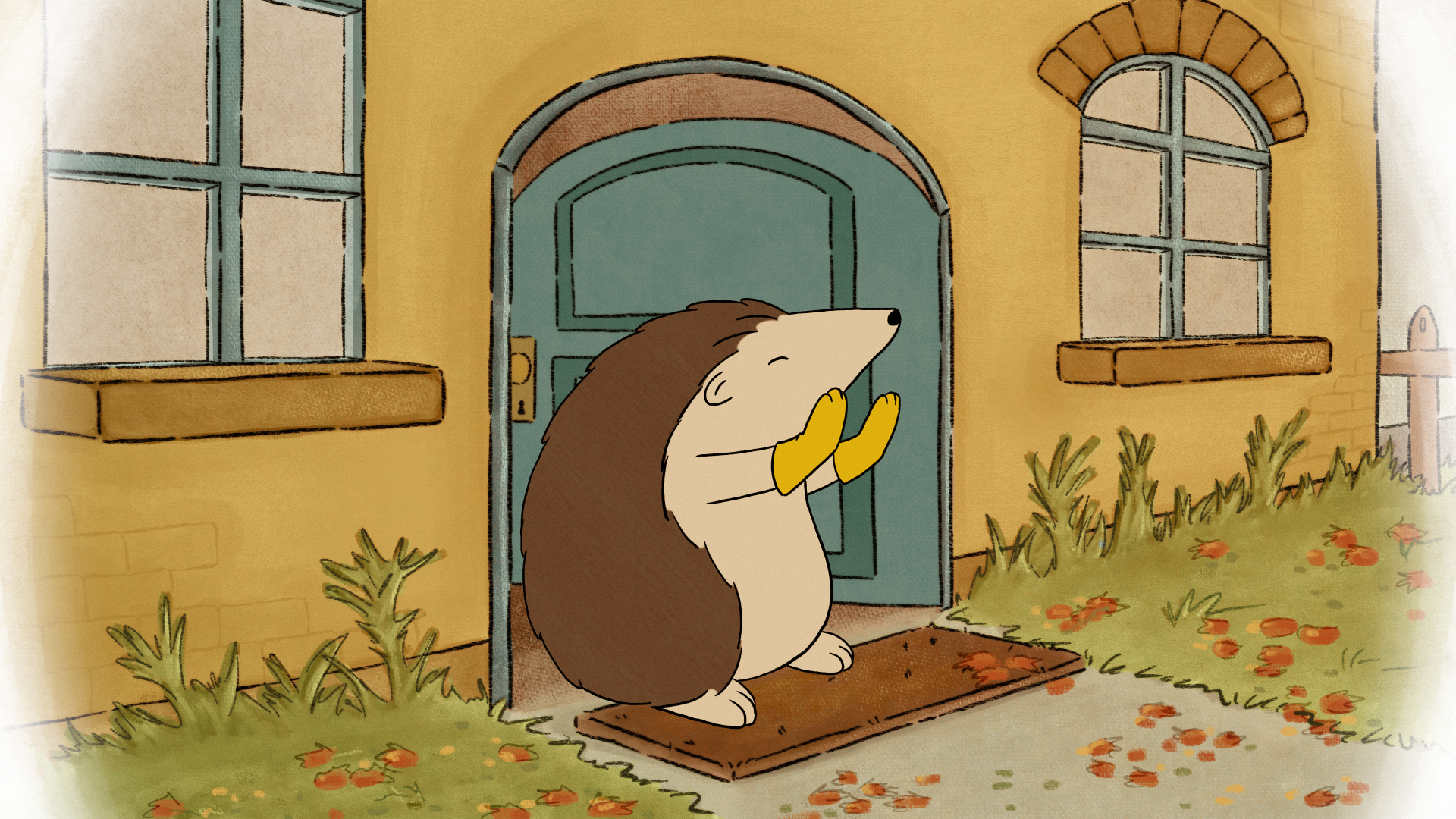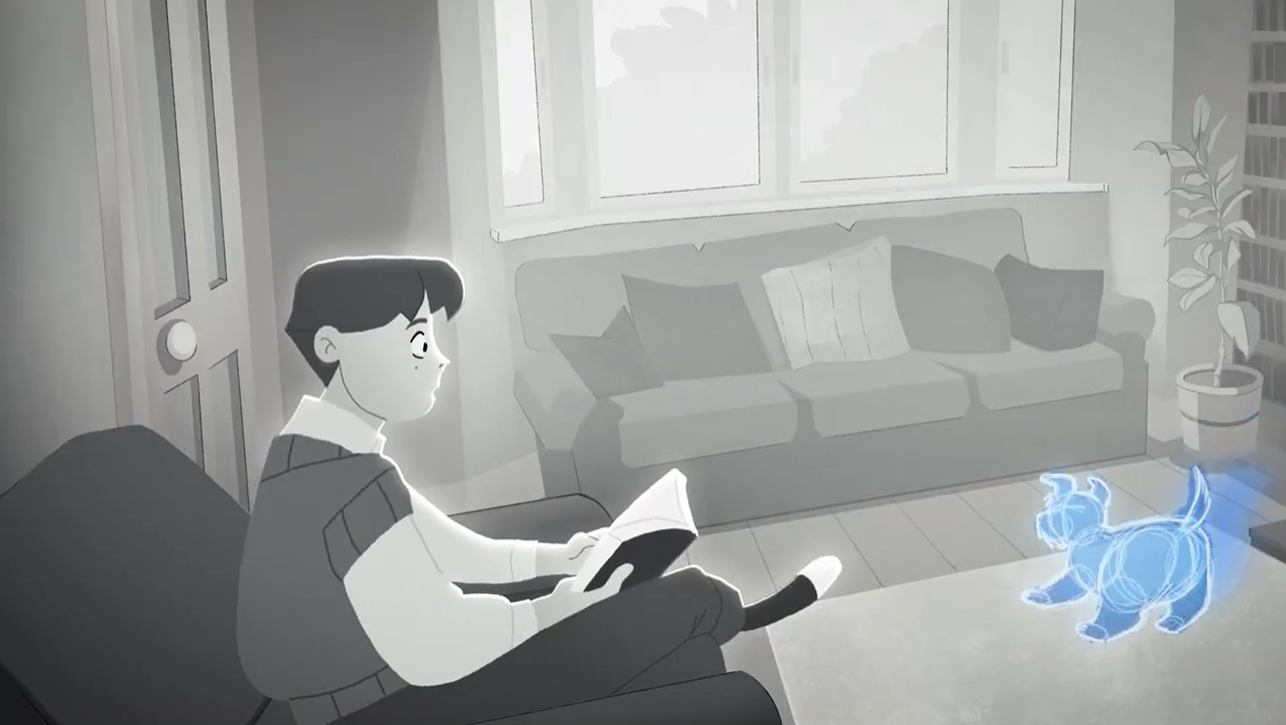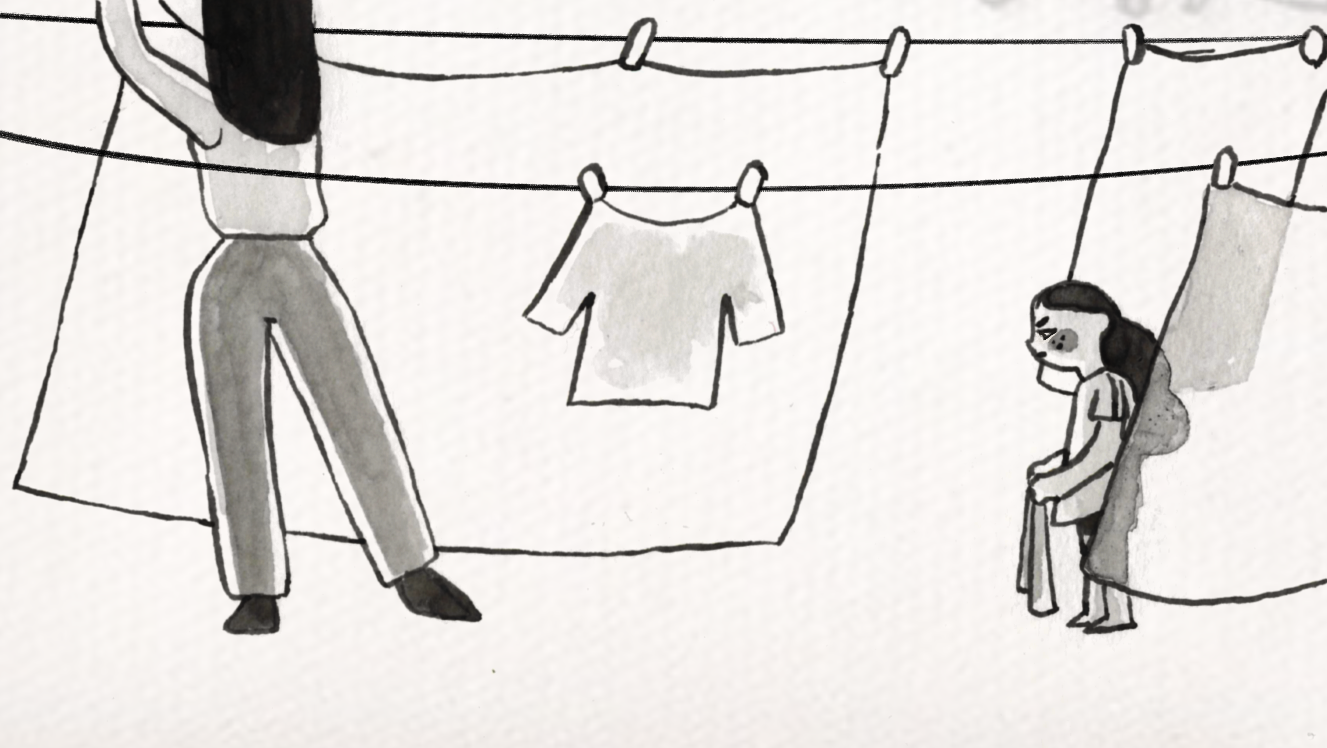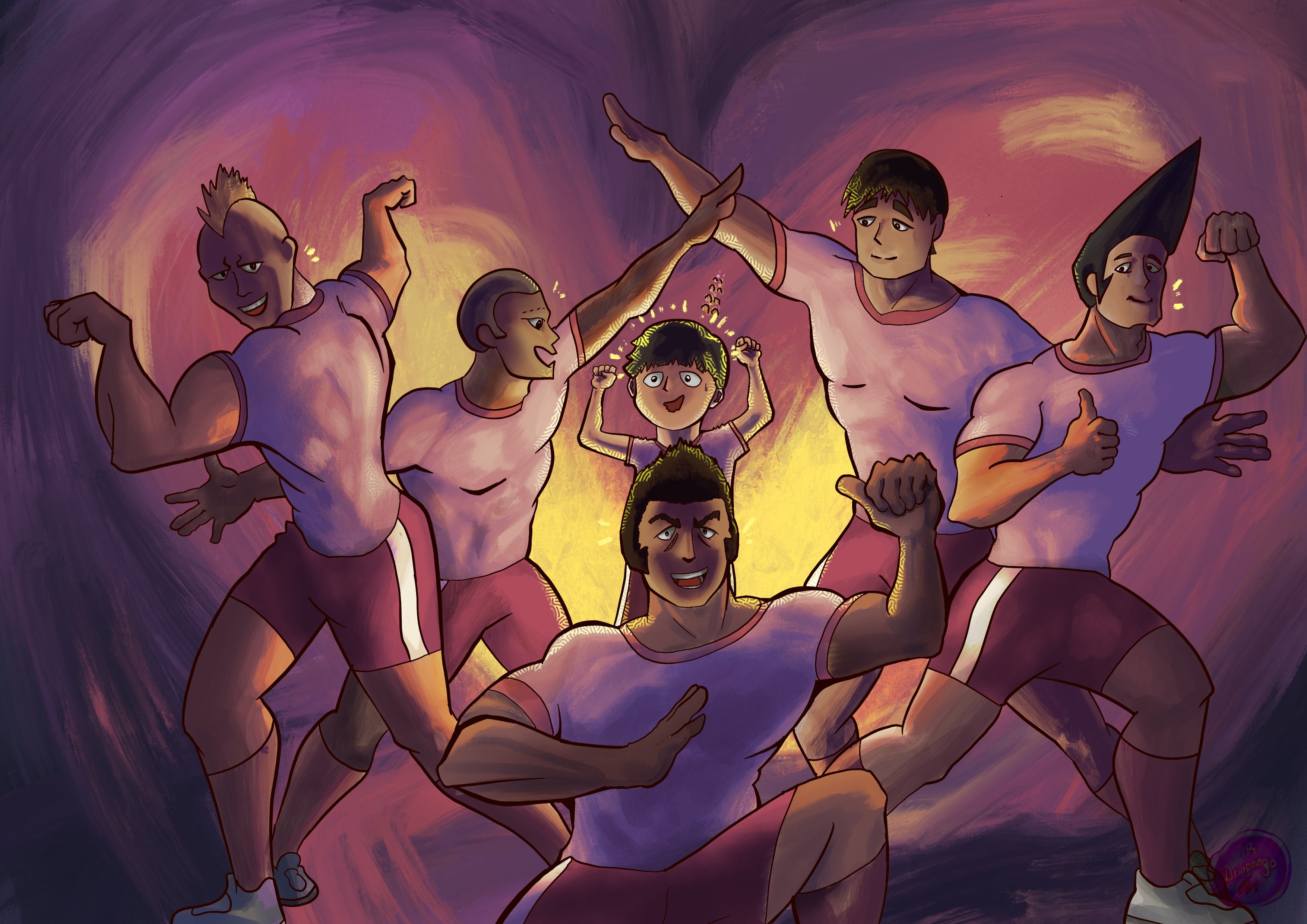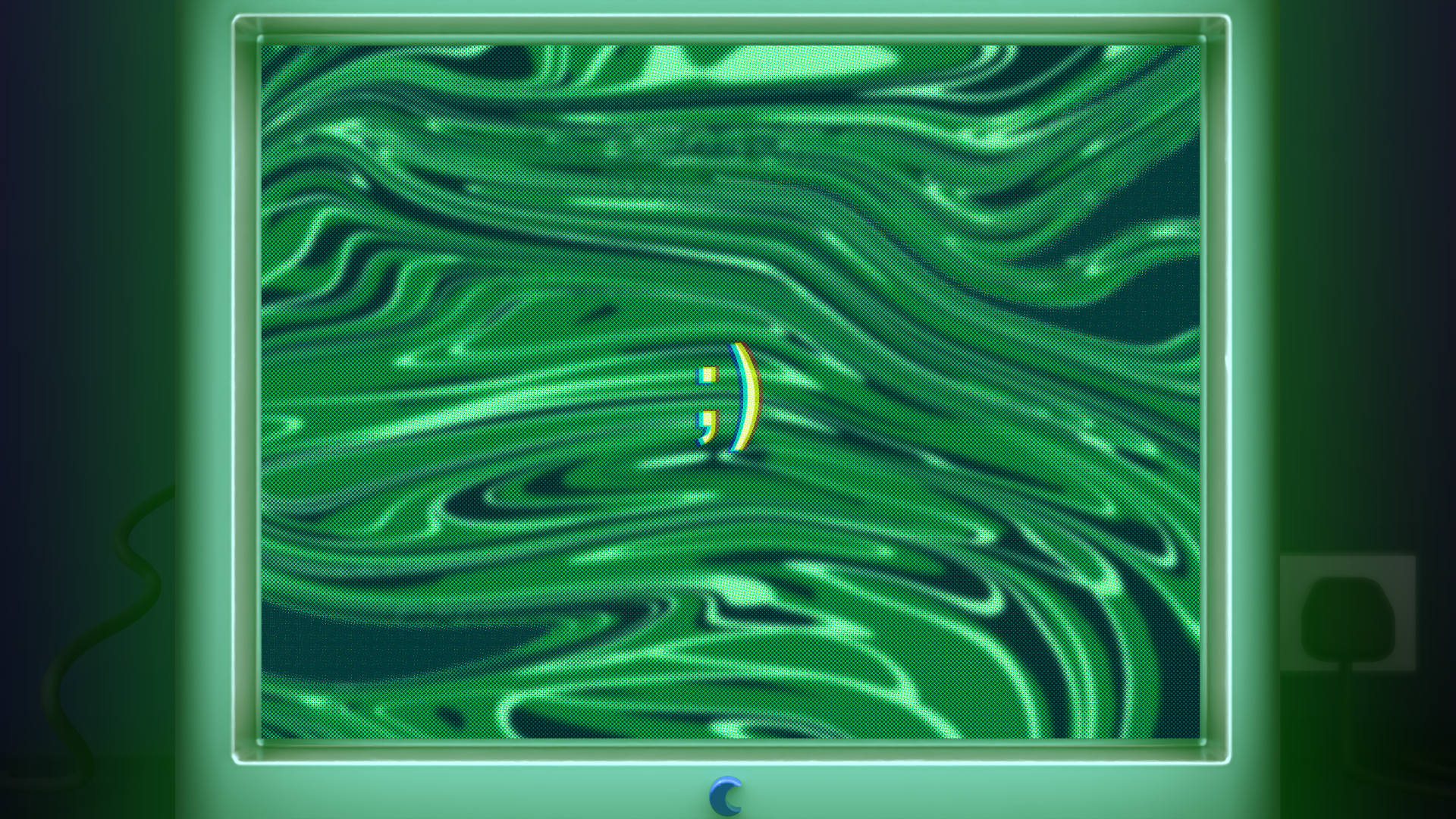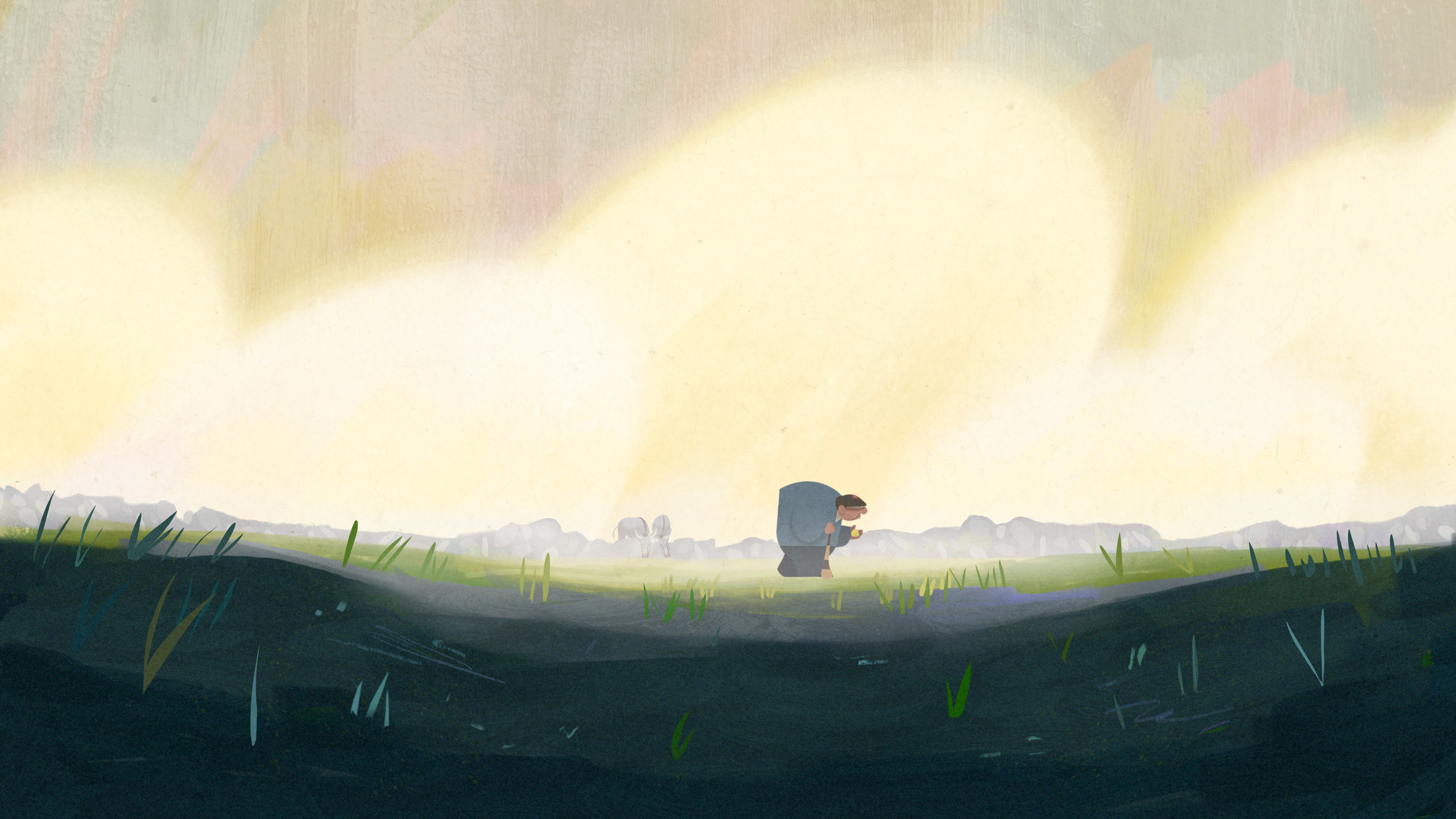Lili Dóra
The Edge of Silence follows a lone wolf through a snow-covered wilderness, trapped in solitude. As it navigates this quiet world, the wolf faces the raw instinct of survival and a deep, unspoken longing for connection. Told without dialogue, the film creates suspense as the wolf embarks on a pursuit, hoping to find companionship.
Created in Blender, the film blends stylized realism with atmospheric backgrounds and detailed animation. A powerful, silent narrative about loneliness and the quiet struggle to belong.
The 3D Journey and the Making of Edge of Silence
At the start of my final year, I set myself the ambitious goal of creating a visually powerful and emotionally resonant short film using 3D animation. I knew that pushing myself into a full 3D pipeline, from modeling to compositing, would be the most effective way to truly learn all the elements of 3D. This was my chance to test everything I had picked up over the years and expand those skills through practice. My film Edge of Silence became both my learning ground and my creative statement to finish this year with a full set of 3D skills.
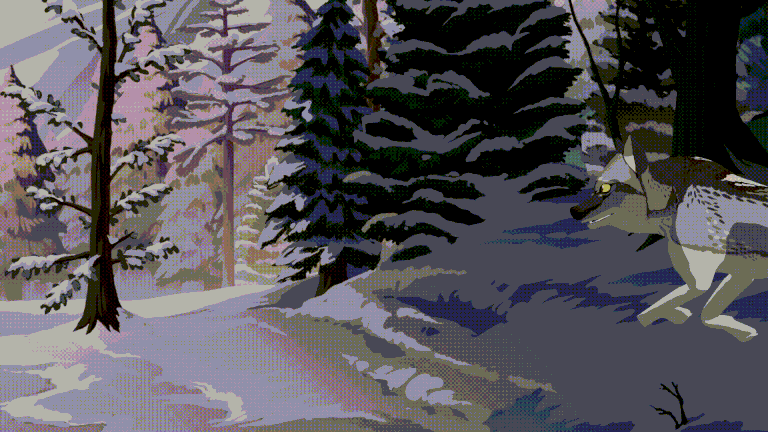

Gaining Technical and Artistic Skills Through Practice
Throughout the production, I improved quickly in many areas. I created an organized file and drive system, which was essential for handling the complexity of the project. My visual goal was to make the film look as 2D as possible while working in 3D, so the textures of both the wolf and the environment needed to feel unified. The background team designed beautiful layered environments in a stylized 2D look, which I then placed into the 3D scenes. To match their work, I shaded and textured the wolf so it would blend naturally with the backgrounds.
The final film combines a 3D character, layered 2D-style environments, and subtle hand-drawn effects like snow and birds, created by other artists. I also learned a lot about collaboration, especially while working with a sound designer to build an emotional and immersive atmosphere. This was my first time bringing together every part of a production including modeling, animation, rigging, lighting, rendering, and compositing.
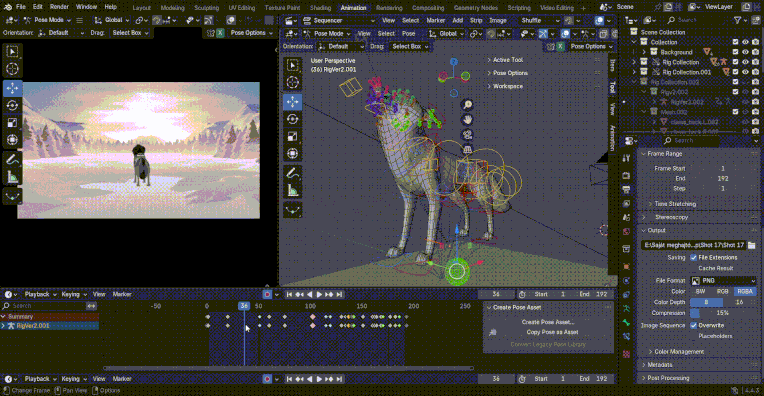

Facing and Solving Production Challenges
Like any large project, Edge of Silence came with its share of challenges. One of the biggest was achieving a cohesive, cinematic look across so many different elements. I had to constantly work on how to make all the 3D assets work together visually with the 2D background and elements. Manually unwrapping UVs helped me create clean, consistent textures, and using Blender’s Cycles renderer allowed for the atmospheric lighting I was aiming for.
During compositing, I realized how much more cohesion I could achieve by fine-tuning elements in After Effects and Premiere Pro. Effects and layers could blend more naturally, helping to tie everything together. Every time I hit a wall, whether it was needing to rework a model, refine a system, or unwrap UVs again, I researched, tested, and kept solving problems until it worked. These problem-solving moments became just as valuable to me as the finished film.
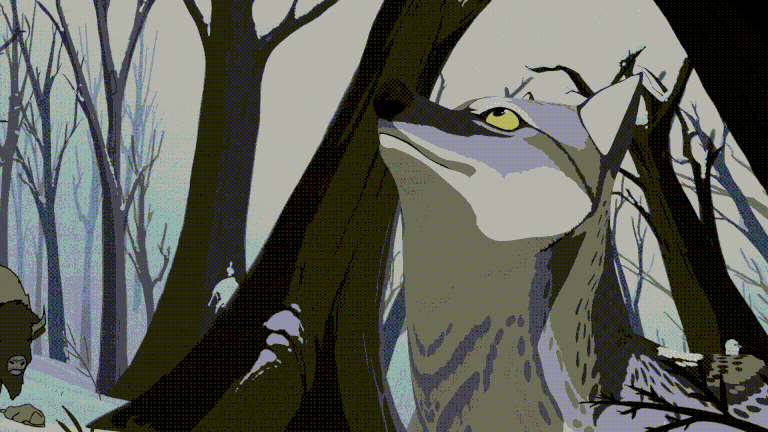

Deepening My Understanding of 3D Animation and Team Dynamics
In the end, I came away with a much deeper understanding of 3D animation, both technically and artistically. I developed skills in visual storytelling and gained confidence in handling the technical pipeline. I learned how to UV unwrap, texture, and shade a character, and I deepened my understanding of animation by working closely with the graph editor and other essential tools needed to bring emotional performance to life.
Animating and refining the wolf character taught me how to combine subtle movement with strong visual style. I also became more confident with compositing and more comfortable navigating the software pipeline. This project showed me how vital clear communication and teamwork are when working on something this complex.
It felt like working on a small studio production, involving a large team across many areas including storyboarding, character design, animatic updates, background art, 2D effects, modeling, rigging, UV wrapping, system setup, animation, and compositing. We used industry-standard programs such as Adobe After Effects, Premiere Pro, Photoshop, and Blender to bring everything together.
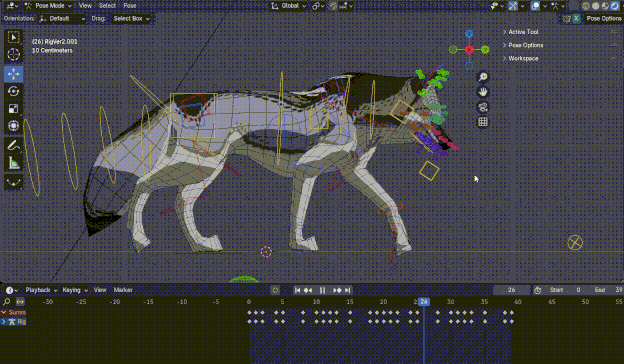

UVs and Texturing
Throughout the production, I explored different workflows for unwrapping and painting character textures. For the wolf, I manually unwrapped the model in Blender to create a clean, logical UV layout that minimized stretching and allowed precise control over the texture. I exported the UV map and used Photoshop to paint in high resolution, taking full advantage of layers, brushes, and blending tools to match the stylized, 2D-inspired look of the film.
Later in production, as the model and rig changed, I had to re-adjust the UVs and shift parts of the layout to preserve consistency. In some cases, I used Blender’s texture painting tools directly on the model to fix seams or touch up areas that no longer matched the rigged mesh. This hybrid workflow, between Photoshop and Blender, taught me how to be flexible with my approach and adapt depending on what the production needed.
By the end, I had used more than one method for both unwrapping and painting, and gained a strong understanding of how to maintain style, resolution, and functionality throughout the shading process.
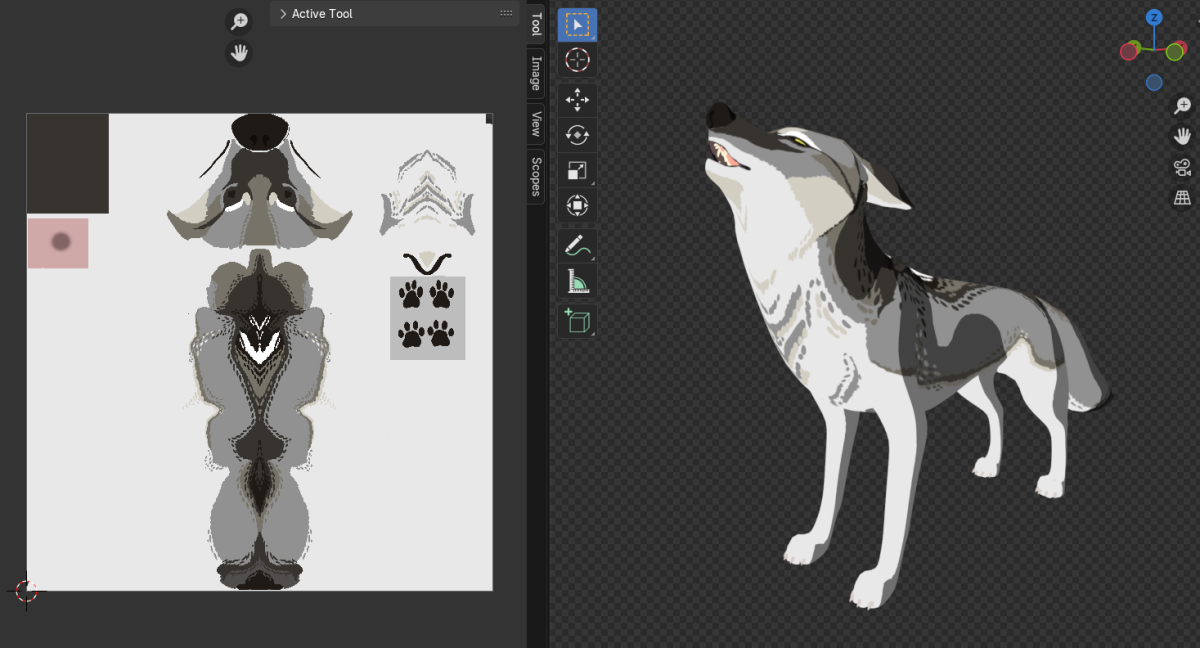

Showreel Overview: A Mix of 2D and 3D Animation
This showreel brings together selected works from the past four years, showcasing my growth as an animator and storyteller Before my final film. It features a mix of traditional animation (paper and pencil), 2D digital work, and 3D animation, reflecting my ability to move fluidly between mediums.
Each piece in the reel highlights my passion for character-driven storytelling, my understanding of animation principles, and my interest in emotionally grounded narratives. From early studies to personal projects and client work, these animations explore themes rooted in nature, animals, and human emotion.
With a strong foundation in 2D and a deepening expertise in 3D, I aim to create visual stories that resonate. My work blends technical skill with artistic intent, always pushing for clarity, mood, and meaning in every frame.
One of the most valuable outcomes in my journey was building strong technical skills through full 3D pipeline production. In projects like The Edge of Silence, I worked across modeling, UV mapping, texture painting, animation, lighting, and compositing. I became confident navigating between software like Blender, Photoshop, After Effects, and Premiere Pro to create a cohesive visual world. Developing custom file systems and naming conventions, working with Cycles renderer, and troubleshooting issues in UVs and shading all deepened my understanding of how to produce professional-quality work from start to finish.
Equally important was the experience I gained in directing and storytelling. Through 2D-focused short films and collaborative scenes, I learned how to shape tone, pace, and emotional clarity while leading a creative team. I worked closely with storyboard artists, background designers, and 2D animators to guide a shared vision from animatic to final output. My direction was rooted in strong narrative themes, often centered on nature, solitude, and character emotion. These experiences helped me build not only a clearer storytelling voice but also essential communication and leadership skills in a production setting.
Working on this film I learned a lot about team management, and I am grateful for all the work of my talented artists and amazing lecturer. I would like to say thank you to all my lecturers that helped me trough this project, and guided me to achieve all my goals I set to myself and thank my hardworking and talented team who grown with me along the way.
This thesis explores the evolving relationship between humans and robots, focusing on the concept of duality. It examines how robots, while advancing in technology and utility, also present challenges in ethics, identity, and society. The research is divided into three chapters, each addressing a different aspect of this duality.
The first chapter explores the technological progression of robotics, from simple machines to advanced artificial intelligences capable of complex tasks. It discusses the benefits of robotics in industries like healthcare and manufacturing, while also raising concerns about human dependency and labor displacement.
The second chapter addresses the ethical dilemmas robots create, including privacy, autonomy, and the moral responsibility of designing machines that make decisions. It also examines how robots impact human identity and agency, particularly in interactions with machines that mimic emotions or intelligence.
The third chapter focuses on the societal implications of robotics, considering the fear and fascination they evoke. It explores how media portrayals influence public perceptions and attitudes toward robots, highlighting their potential to both enhance and disrupt human life.
By examining the promises and perils of robotics, the thesis offers a balanced perspective on the integration of robots into society and the ethical, technological, and cultural challenges this brings.
I am a 3D animator and director with a strong interest in animal animation and storytelling. Shown above are some visuals from my graduate film The Edge of Silence and other works. I focused on bringing engaging animal acting to the screAen while exploring emotional storytelling through animation. I can't wait to bring even bigger ideas and my animation skills.


